May 26, 2025 | 09:01 GMT +7
May 26, 2025 | 09:01 GMT +7
Hotline: 0913.378.918
May 26, 2025 | 09:01 GMT +7
Hotline: 0913.378.918
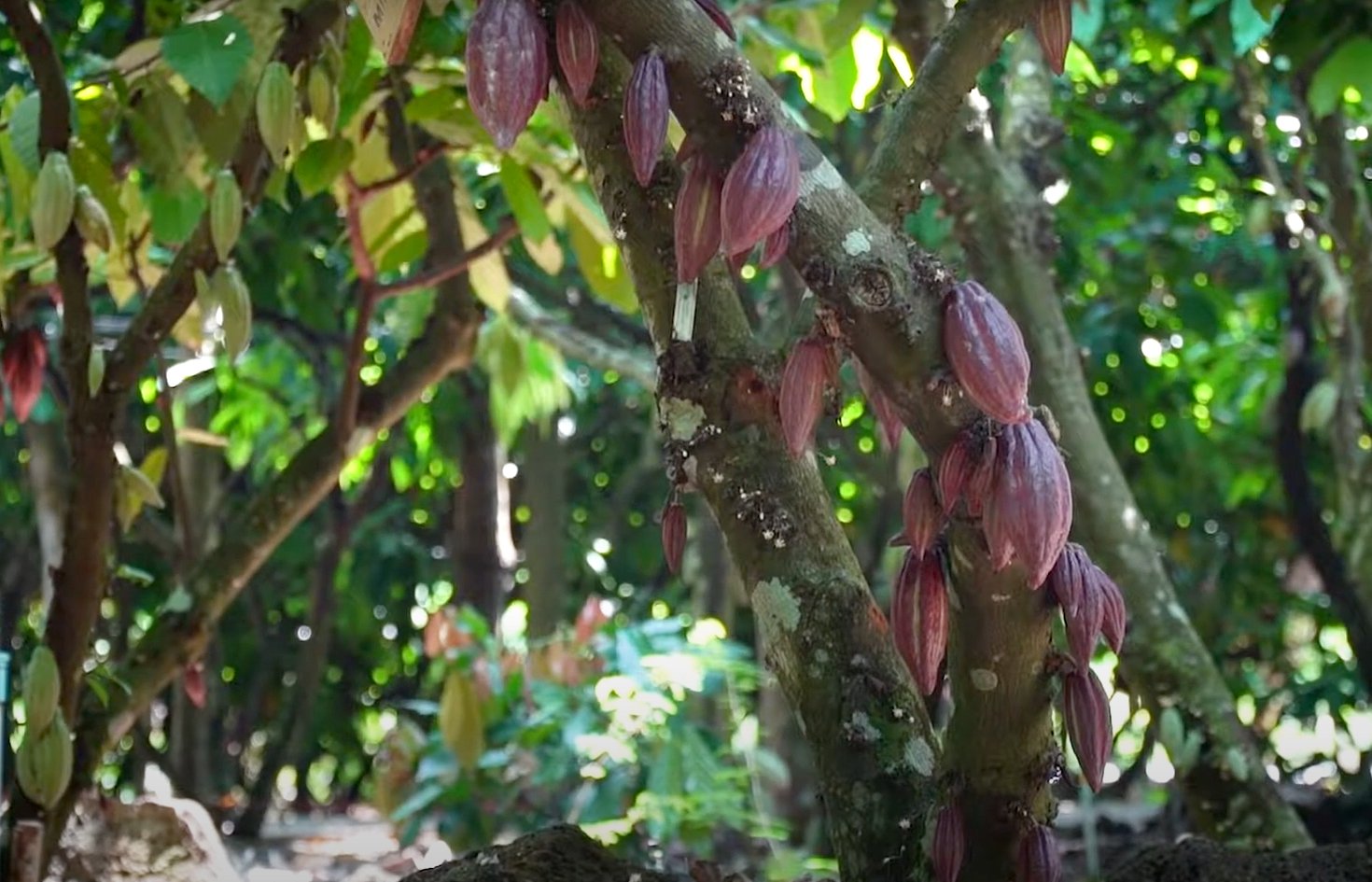
Vietnam is in the 'low risk' group for deforestation under EUDR regulations, giving a positive signal to promote forest-covered agricultural products to Europe.
The EU Deforestation Reduction Regulation (EUDR) requires that agricultural commodities imported into the EU be proven deforestation-free. For Vietnam, this means producers must strengthen traceability and align with environmental standards to maintain access to the EU market.
On May 22, the EC released its official list of countries categorized by deforestation risk. Vietnam’s placement in the low-risk group reflects its progress in enforcing forest protection and sustainable land use practices.
This classification simplifies the export process for Vietnamese product exporters. Cocoa, coffee, rubber, and timber from Vietnam will face only a 1% compliance check rate, making it easier and faster to enter the EU market.
This is more than a regulatory milestone. It’s a chance to boost product value and penetrate premium market segments. By embracing circular economy principles and investing in sustainability, Vietnam can position its cocoa sector for long-term growth. Targeted investments in technology, farmer training, and global partnerships will be critical to turning this opportunity into lasting gains.
The global chocolate industry is facing a shortage due to climate change. According to a report by Christian Aid, cocoa prices have skyrocketed to a record $12,605 per tonne on December 18, 2024, due to extreme weather events such as unusually heavy rains and severe droughts in Ghana and Ivory Coast, two countries that account for more than 50% of global cocoa production.
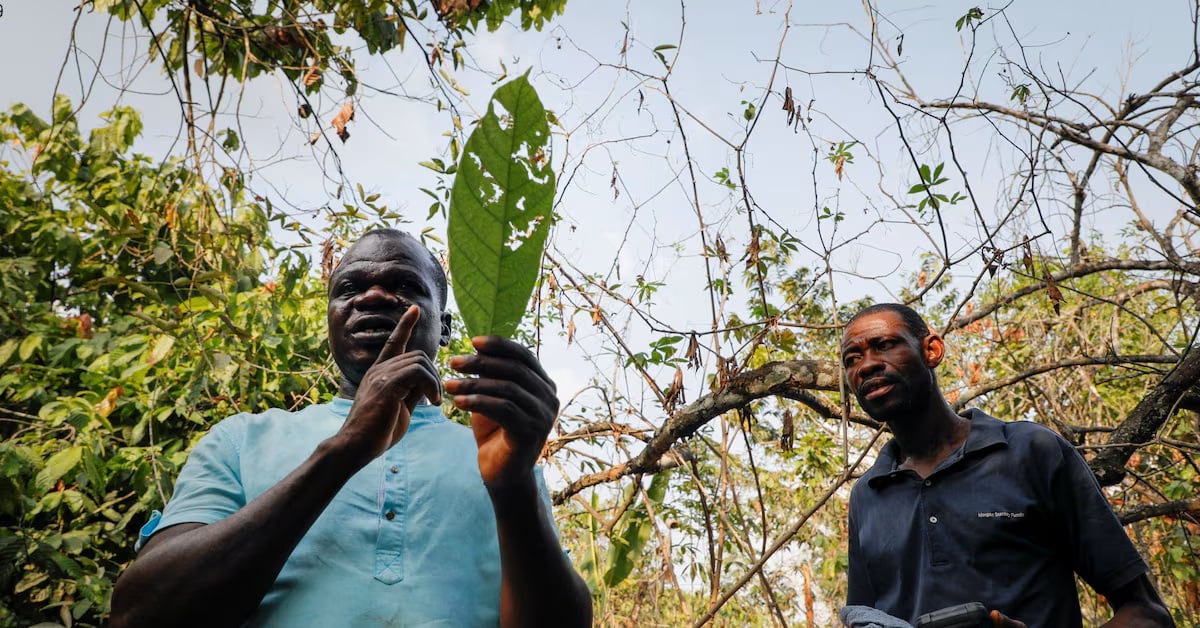
Ghana's coffee industry faced a cocoa production crisis following an outbreak of bud disease.
In 2023, unusual rainfall during the dry season caused black rot in cocoa trees. This was followed by severe drought in 2024, which affected more than a million people and significantly reduced cocoa production (Helvetas).
Additionally, factors such as tree diseases, illegal gold mining, and lack of investment in agriculture have caused Ghana’s cocoa output to fall to its lowest level in 20 years.
Europe is also facing a chocolate crisis due to climate change and biodiversity loss. A report on 21 May 2025 by Foresight Transitions, led by Dr. Camilla Hyslop (University of Oxford), warns that 96.5% of cocoa imported into the EU has low climate resilience. Europe consumes 77% of cocoa from areas with reduced biodiversity.
Scientists are calling on major chocolate makers to invest in climate adaptation and biodiversity protection in cocoa-growing countries such as Ghana and the Ivory Coast.
Amid challenges, Vietnam’s cocoa industry stands out for adopting a circular economy model. The EU-funded project “Circular Economy Cocoa: From Bean to Bar”, with a budget of 1.9 million euros, aims to promote sustainable production and consumption across Asia.
Helvetas and the Center for Community Development (CDC) are leading the project, which trains farmers in circular cocoa farming. The project also guides the processing of cocoa by-products into biochar, organic fertilizer, and animal feed while introducing models for fermenting and refining high-quality cocoa beans.
Helvetas Vietnam and AirX Carbon have teamed up to turn cocoa husks into biomaterials, producing bioplastic pellets from husk powder for use in packaging and consumer goods.
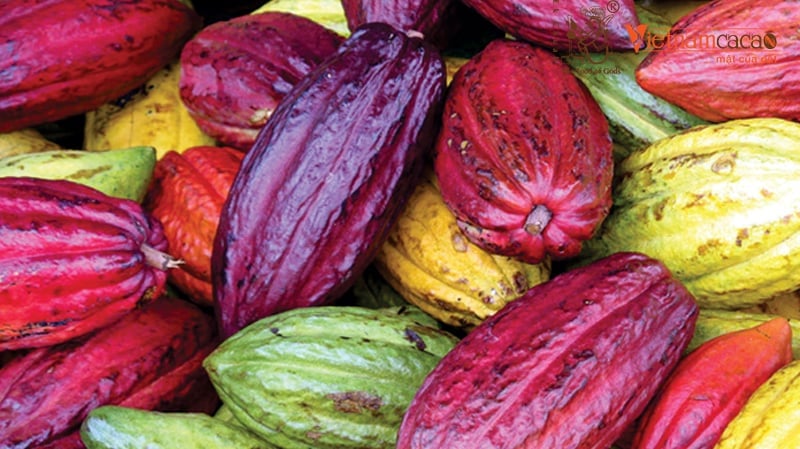
Vietnam's cocoa industry is gaining international recognition, thanks to sustainable practices, modern technology, and unique flavor profiles. Photo: Vinacacao.
Vietnamese cocoa continues to show strong growth potential and is carving out a place in the global market.
Vietnamese chocolate is gaining international recognition, thanks to sustainable practices, modern technology, and unique flavor profiles. The project supports over 1,100 farmers and businesses in the Central Highlands and Southeast to improve their production.
By using cocoa husks to make biochar, fertilizer, and feed, these circular farming practices help cut waste and boost value.
One standout example is the Alluvia brand, which makes “bean-to-bar” chocolate from UTZ-certified cocoa beans grown in Tien Giang. Its bold flavors and creative packaging have won over markets like Japan and Taiwan. Similarly, Queenam Chocolate has made an impression with its chocolate-coated beans in flavors like durian, rose, and lemon yogurt, made using advanced freeze-drying technology to lock in natural taste.
By combining quality ingredients, cutting-edge technology, and inventive product design, Vietnamese chocolate not only meets international standards but also delivers a memorable experience to global consumers.
Translated by Quynh Chi
/2025/05/19/2617-14-211139_18.jpg)
(VAN) Vietnamese bird's nest enterprises are eager to access the promising Chinese market; however, only those with thorough preparation, truthfulness, strict regulatory compliance, and consistent product quality will be positioned for success.
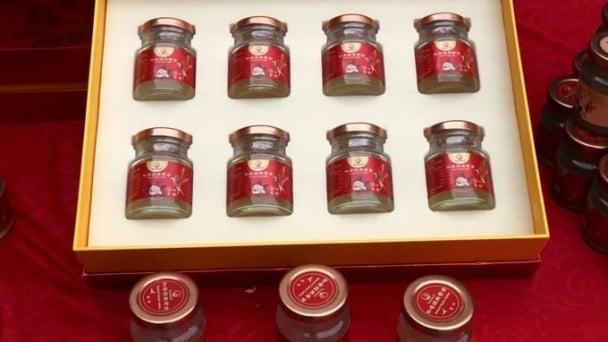
(VAN) For Vietnamese bird's nest products to penetrate deeply and sustainably into the Chinese market, it requires not only product quality but also strict compliance with the regulations on quarantine, traceability, and food safety.
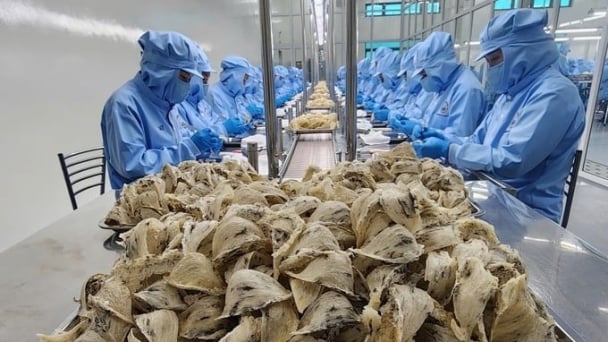
(VAN) As one of Vietnam's most high-value products, bird's nest is asserting its position on the national agricultural export map. China, with an annual demand of hundreds of tons, is considered the most promising market.
/2025/05/22/5250-1-184853_288.jpg)
(VAN) According to a representative from the Central Retail Vietnam, Vietnamese products such as seafood, sweet potatoes, dragon fruit, coffee, and spices hold great potential in the Thai market.
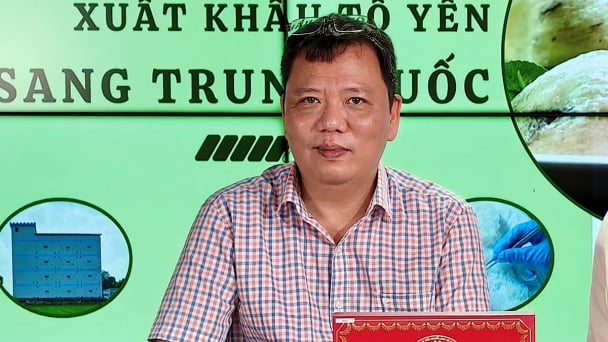
(VAN) A multi-channel, multi-directional strategy only works when the agricultural value chain meets global transparency and SPS standards.
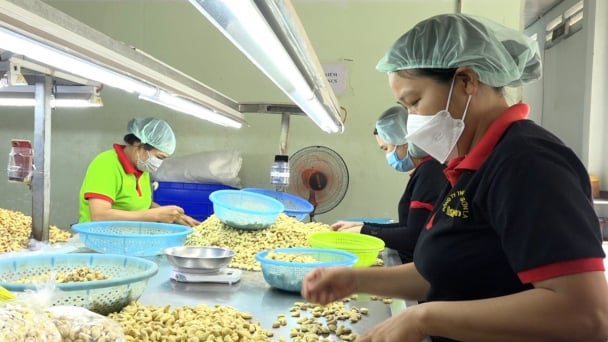
(VAN) Market expansion is a matter of survival for Vietnamese businesses amid fierce competition and global supply chain fluctuations.